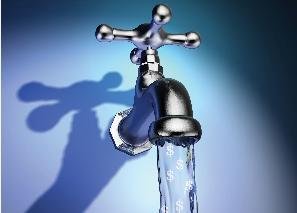If you have run the tests and find out that there is lead in your water, try not to panic. Although it is a very serious situation, there are tried and true ways to minimize any damage to your home, your health, or the health of your loved ones. However, don’t wait and act fast! What can be done depends largely on time, the source of the lead, and how much lead is in fact in your water.
For your home:
Triple test. For those who used a DIY test, it’s always best to triple check that your testing kit and the results are accurate by running the test multiple times.
Find the source. Identifying the source of contamination should be the number one priority. You can have a professional come in from your local government or health department to find the source and offer advice on how to take care of it. Lead could be seeping into your water from old pipes, fixtures in an older model home, or some outside source.
Remove or minimize. Once it’s found, removing the source is the most ideal option (if that is possible), but there are also things that can be done to minimize contact with your water or air. For example, old lead paint can be sealed in rather than removed.
For your body:
Call a doctor. If you or someone in your home is suffering from lead poisoning, it’s likely the symptoms will be obvious by the point of testing. Regardless of severity, it’s best to seek treatment immediately. There are several different treatments available today depending on the age of the contaminated person and the level of lead contamination. Most commonly, there is an oral medication option and an injection option.
Remove yourself. In some cases, where the poisoning is less severe, simply removing the source of contamination and taking time away from the area can be an effective treatment.
For your peace of mind:
Get tested. Even if you aren’t experiencing lead poisoning symptoms, it doesn’t hurt to schedule an appointment for a blood test! Contact your healthcare provider as soon as you can just to be safe.
Test more than one area. When contacting your local government about your water, you can also have them check other areas, like your soil or painted fixtures in your home.
Check for a lead service line. Ask your local water utility or a plumber to let you know if the pipe connecting you to the main water source is made of lead. If it is, there are ways you can limit contamination, like only using cold water for cooking and drinking, and also running the tap regularly to flush the pipes.

